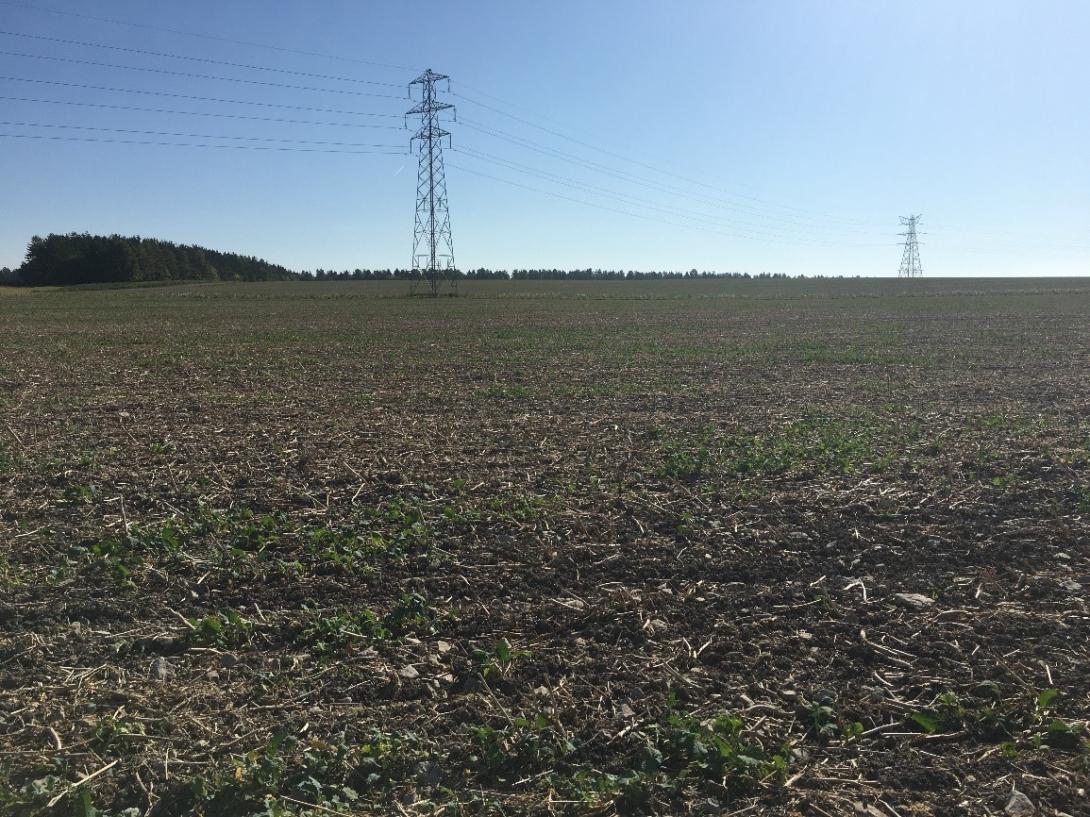The Thames regenerative agriculture sites which we are studying are predominantly located on farms in Oxfordshire and Berkshire, in the Thames catchment. Both of these sites are on slowly permeable loamy/clayey soils over a mudstone geology. Regenerative agriculture aims to improve the sponge function of the soil..
Case study area
0,1 km² agriculture plot
Climate and soil
Atlantic central bio-region
Loamy clay soils
Sponge measure
Soil water
(Buffer strips)
1. Challenge
One location compares permanent grazing (perennial ryegrass) by cattle or sheep, including mob grazing, against mature broadleaf woodland (mix of native species including ash, sycamore and hawthorn) with low density grazing by deer. A second location compares different arable practices on silty clay soils over Chalk geology. In this case, one site uses a diverse crop rotation, with controlled traffic, min till and cover crops; the other site uses a grass ley in the crop rotation, along with min till during the cropped period.
2. Type of sponge measures
Buffer strips.
3. Monitoring
The Thames regenerative agriculture sites have a wealth of soil hydrological and meteorological data collected by previous and ongoing research projects (including LANDWISE over 2021, COSMOS-UK since 2013, UK-GHG-Flux-Network since 2017, and the UKCEH neutron probe database).
Innovative focused monitoring will be performed during the 4-year period of the SpongeScapes project, including surveys of soil physical and hydraulic properties and use of the latest technology (e.g., Cosmic Ray Neutron Sensor stations and rovers). Results from these monitoring efforts will be used to provide guidance on how to further broaden the evidence-base of sponge measures by such innovative agricultural management techniques and inform better selection, design, monitoring, maintenance and ultimately effectiveness of measures and strategies. Special attention will be paid to the analysis of longevity of the measures, the need for monitoring and maintenance and co-benefits and trade-offs, particularly in terms of changes in soil organic matter for the Thames regenerative agriculture sites.
4. Stakeholders
The Thames agricultural case studies are owned by private landowners and farm businesses. Stakeholders include government (British Geological Survey, Natural England), NGOs (UKCEH), Res Centres (Rothamsted, James Hutton Institute), Private (Agrimetrics, Agrii, Emorsgate Seeds, Indigro, Syngenta), landowners, tennant farmers.
5. Reference information
